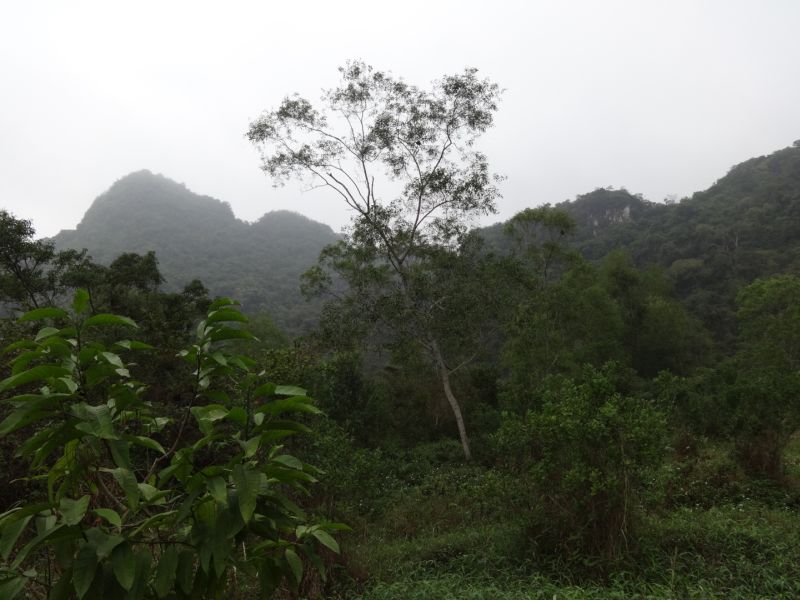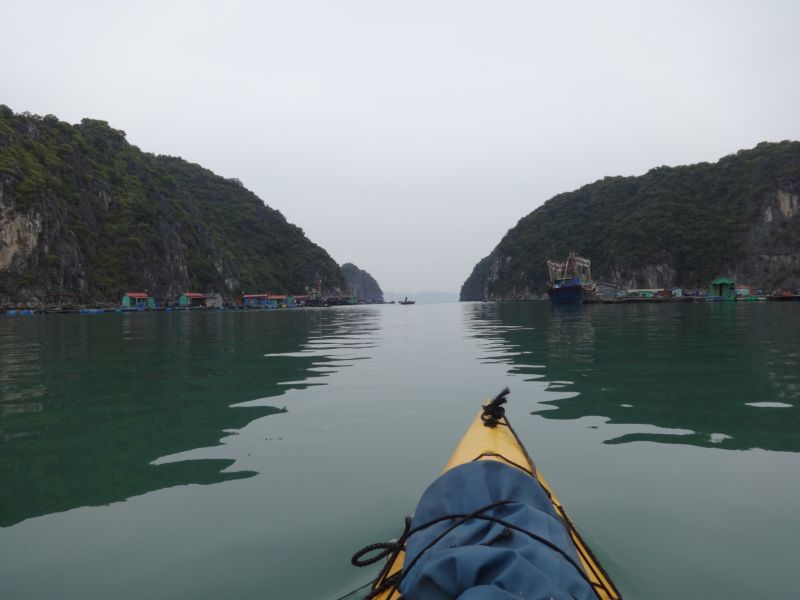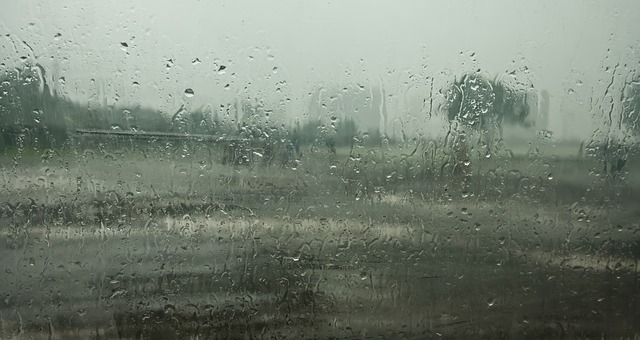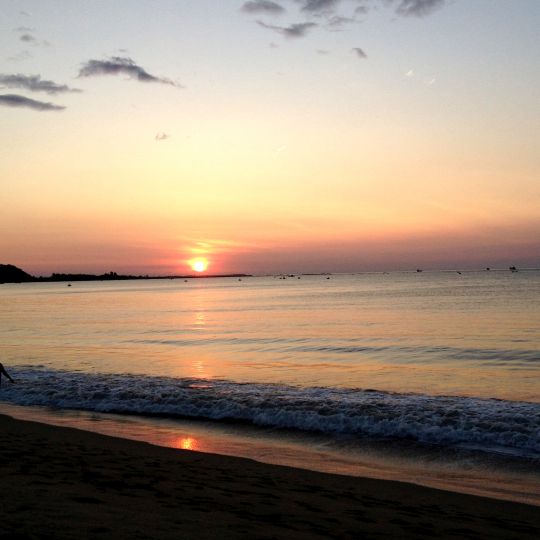
Average Weather in Vietnam: A Guide
Surprisingly, Vietnam has huge variations in weather depending on the season and city. While many SE Asian countries remain hot and sticky throughout the year, Vietnam is an outlier in its weather disparities. A major factor in the climate differences is the shape of Vietnam where it stretches from North to South at a distance of 1650 KM. So when is the best time to visit Vietnam?
Well, the question is a bit more complex than that. Here’s a bit of what to expect of the Vietnamese climate throughout the regions and months.
Northern Vietnam Cold Weather?
As a general rule, the weather in the north is colder than the south. Especially during the winter months, while the south remains pretty consistent with its sunshine (and sweat), the north is not the best place to sport a t-shirt and shorts.
Hanoi has a definite winter—from December to February, expect to wear a jacket on most days. This can be a difficult time to visit Ha Long Bay, as fog rolls through the karsts and rain can often pour down.
Sa Pa gets much colder in the wintertime, and is one of the only places in Vietnam (and in Southeast Asia) that actually gets snow. Be prepared, especially if doing a trek in the mountains, to wear many layers / gloves/ etc.
Vietnam Northeast Monsoon
This occurs from November to March, and is the reason for the cool season up north. However, that also means its responsible for the following months of warmth and wetness, which last all through the spring, summer, and early fall. The wettest months in the North are typically the later summer months, such as August.
Sponsored LinkSouthern Vietnam Weather
The South of Vietnam, being close to the Equator and also shielded by the mountains, is hotter than any other region of the country.
It rarely gets colder than 25 C at any time (the high 70’s F). Therefore, the only seasons in the south depend on the amount of precipitation; the summer is rainier than any other time of the year (there can sometimes be flooding in Ho Chi Minh City throughout the summer). The winter is most definitely the most pleasant time to visit, because it is warm and not as rainy; this is great for sightseeing.
Vietnam Southwest Monsoon
Opposite the Northeast Monsoon, this occurs from April to September. This is why the south sees their rainy season in the summer rather than the winter; however, temperatures are still extremely hot.
Central Vietnam Weather
Central Vietnam is a Segway between the North and South, both literally and weather-wise. Central Vietnam has a relatively constant climate, as it is sandwiched between the coast and mountains, preventing any real monsoon season from striking. You can count on Central Vietnam to be less rainy than any other region throughout the summer, however, some rain strikes throughout the winter; this is especially prevalent in typhoon season.


